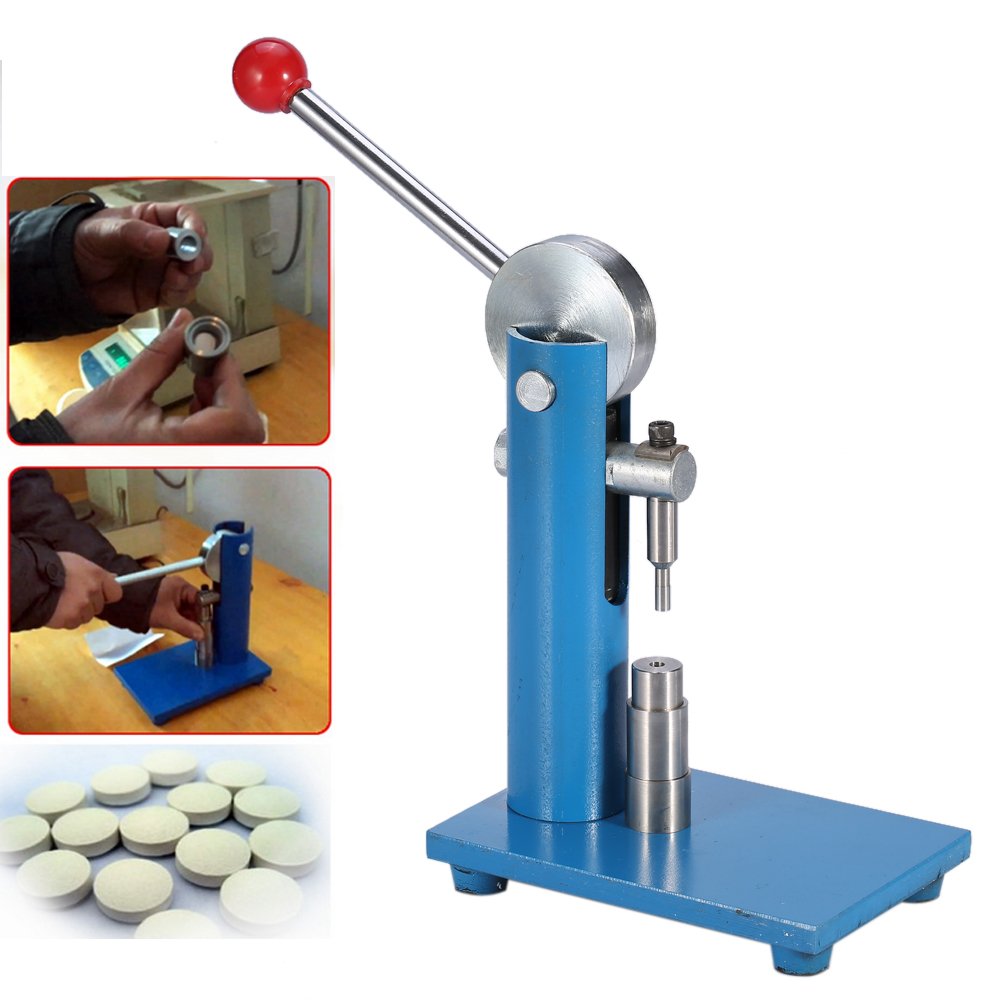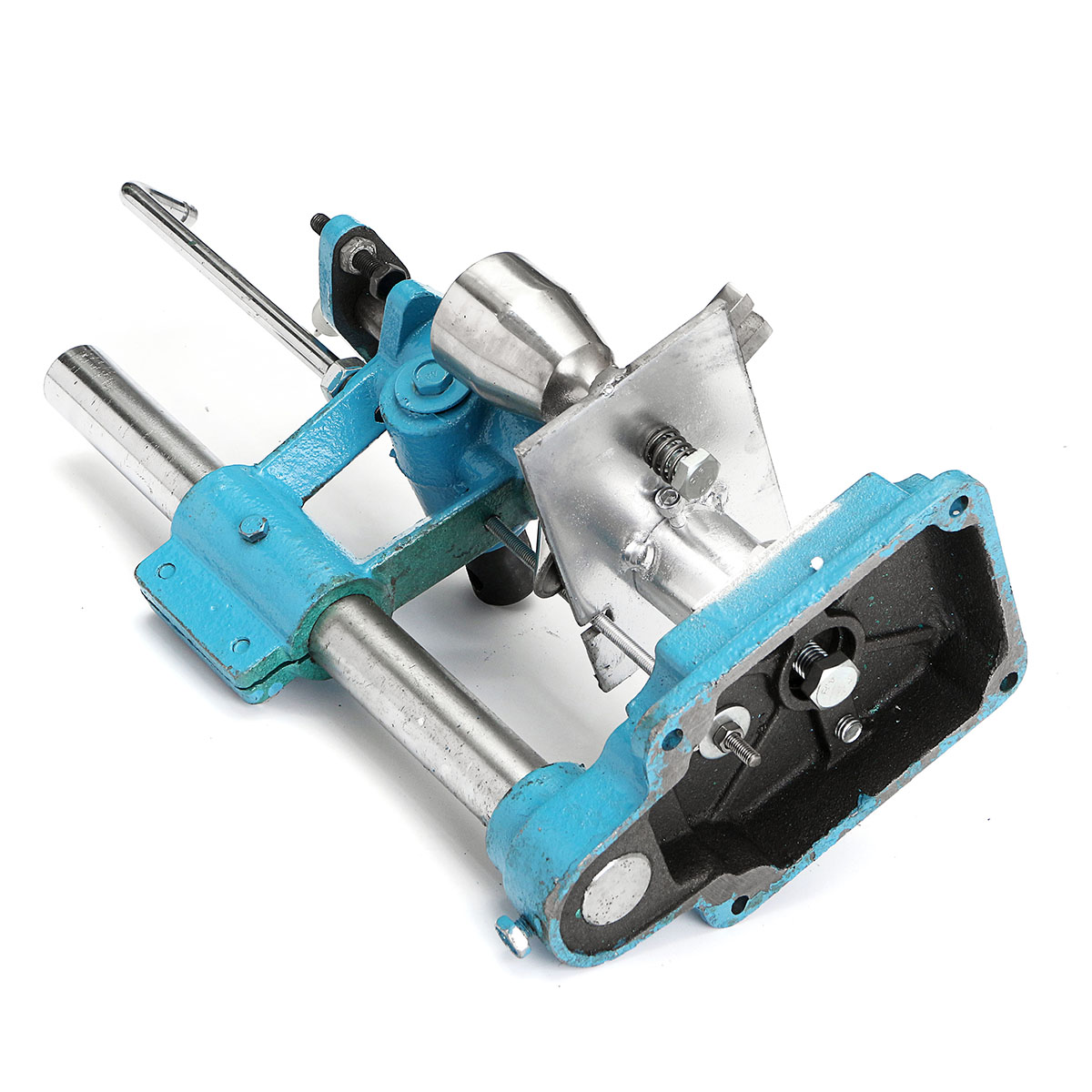People have been using herbal medicines for centuries, and there are countless stories of success. Herbal supplements can be used for a variety of different ailments, from general health to specific conditions like anxiety or insomnia. The key to making effective herbal supplements is the binding medium – the substance that holds the herbs together so they can be taken in tablet form or coated as a supplement. In this article we’ll discuss what a binding medium is, why it’s important, and how to make my own supplements with it using simple ingredients and methods.

What is Binding Medium?
A binding medium is essentially an adhesive that binds all ingredients in an herbal supplement together. It gives the supplement its shape and texture, allowing it to be shaped into tablets or capsules and also providing protection against moisture loss or contamination by air or other elements. Binding media can come in a variety of forms including gums, starches, polysaccharides, waxes and resins. Each type has its own unique properties which will affect the final product; therefore it’s important to choose the right one for your particular application.
Why Is It Important?
Binding mediums are essential when making any kind of herbal supplement because they provide both stability and structure to the finished product. Without them, many active ingredients may not survive long enough even to reach their intended destination within our bodies; thus rendering them ineffective at best and dangerous at worst! Additionally, some binding media can help protect against microorganisms while others can create a barrier between oxygen and light exposure which helps extend shelf life. All these factors make choosing an appropriate binding medium an important step in creating effective herbal supplements.
Types of binding media
There are many types of binding media available on the market today, but some are more popular than others due to their ability to provide superior stability and performance compared to other options. Examples include gums such as guar gum (which provides excellent viscosity), cellulose derivatives such as carboxymethyl cellulose (which provides excellent adhesion) or alginates (which have a high water binding capacity). Other common choices include starches such as potato starch or tapioca starch, and polysaccharides such as xanthan gum (which has excellent suspension properties). Finally, waxes such as beeswax are also known to be good binders for certain applications!

How to make your own supplements
Making your own supplements doesn’t have to be difficult if you know what you’re doing! First things first – you need to decide whether you want tablets or capsules, depending on your preferences/needs, then choose a suitable binder based on its characteristics (e.g. water soluble vs. non water soluble). Next, grind your chosen herbs into a powder before adding them to a blender with equal parts binder until fully combined, then roll out small pieces on parchment paper before cutting them into desired shapes/sizes using either cookie cutters or knife blades! Finally, coat each piece with more binder if needed before storing in sealed containers away from heat and sunlight until ready to use!